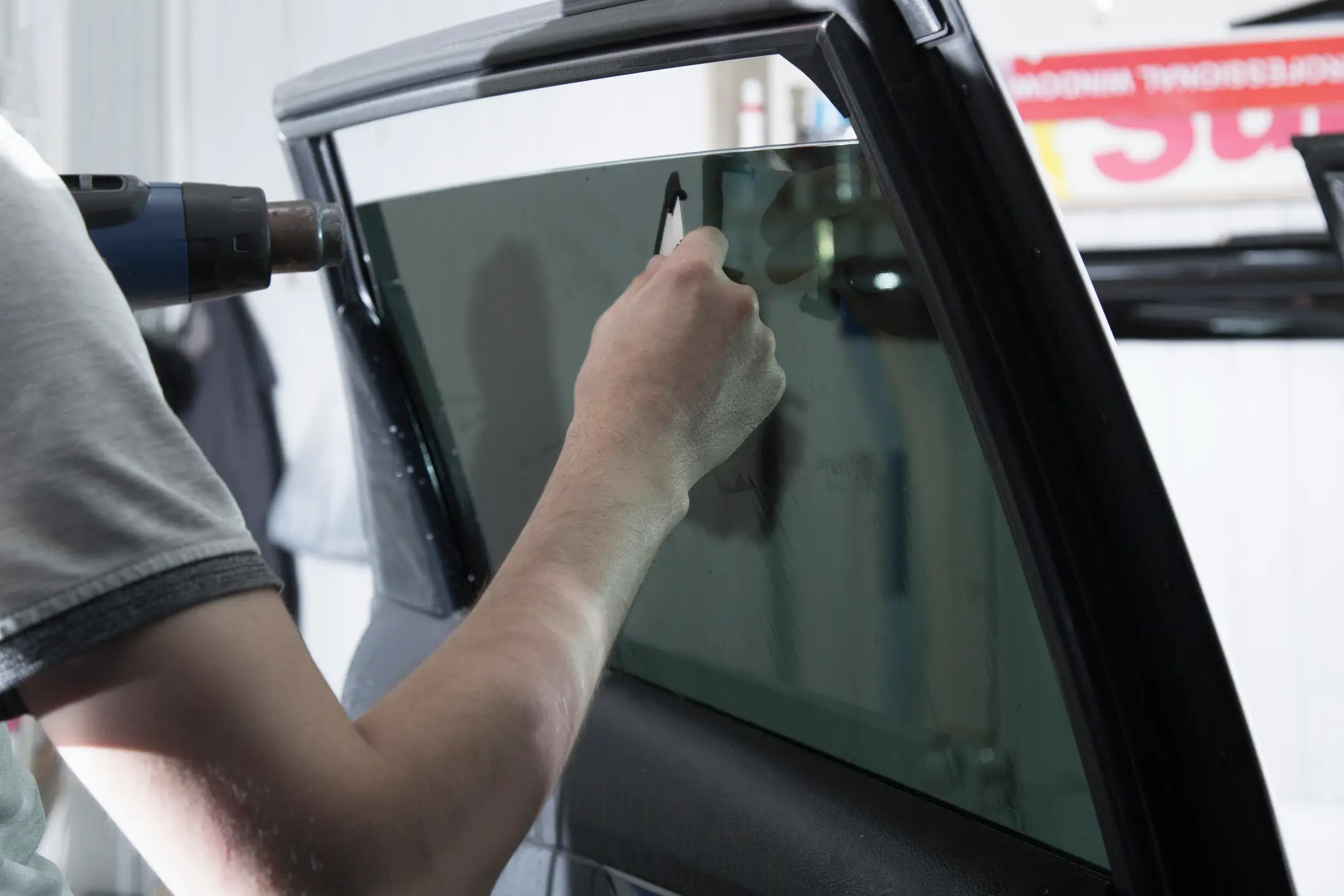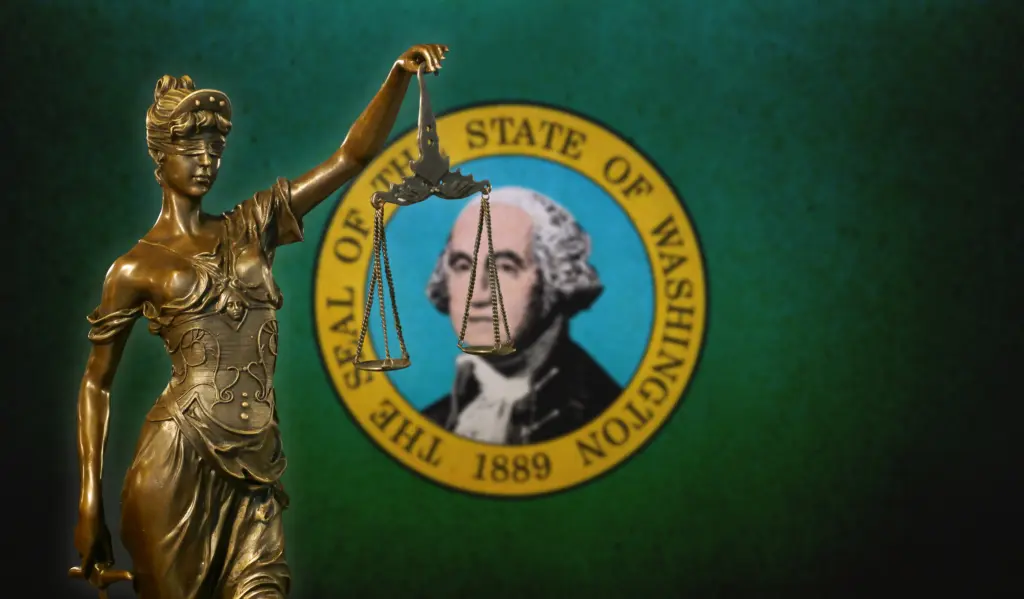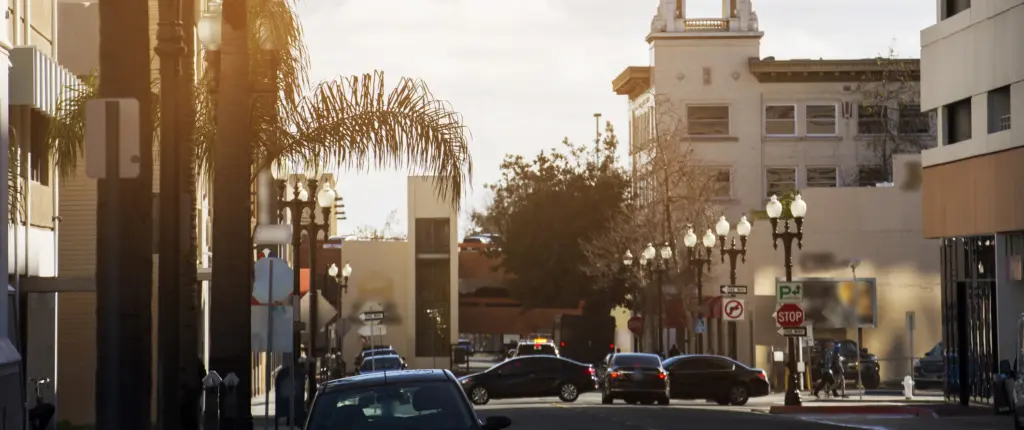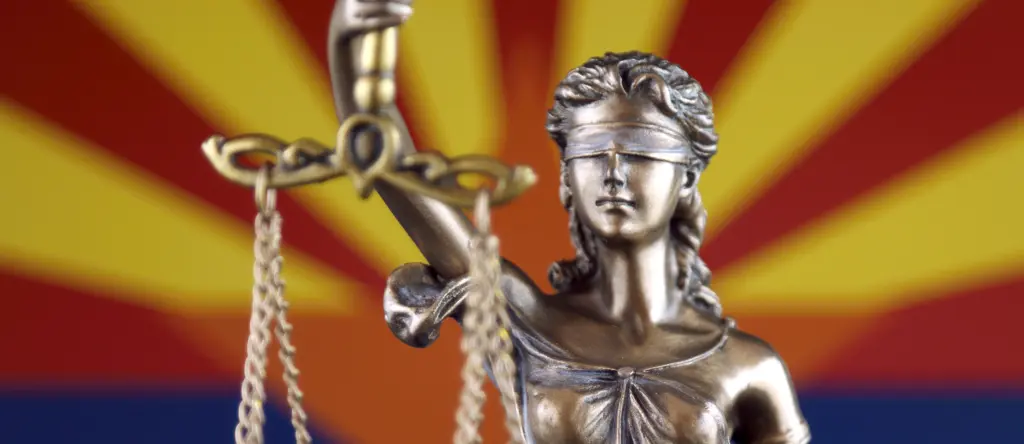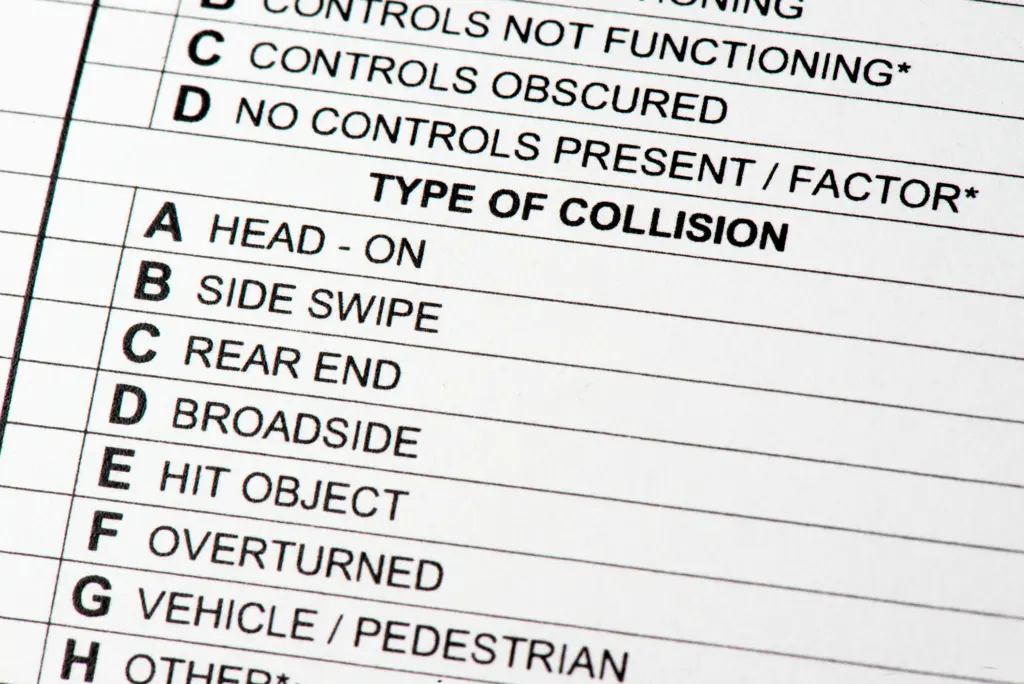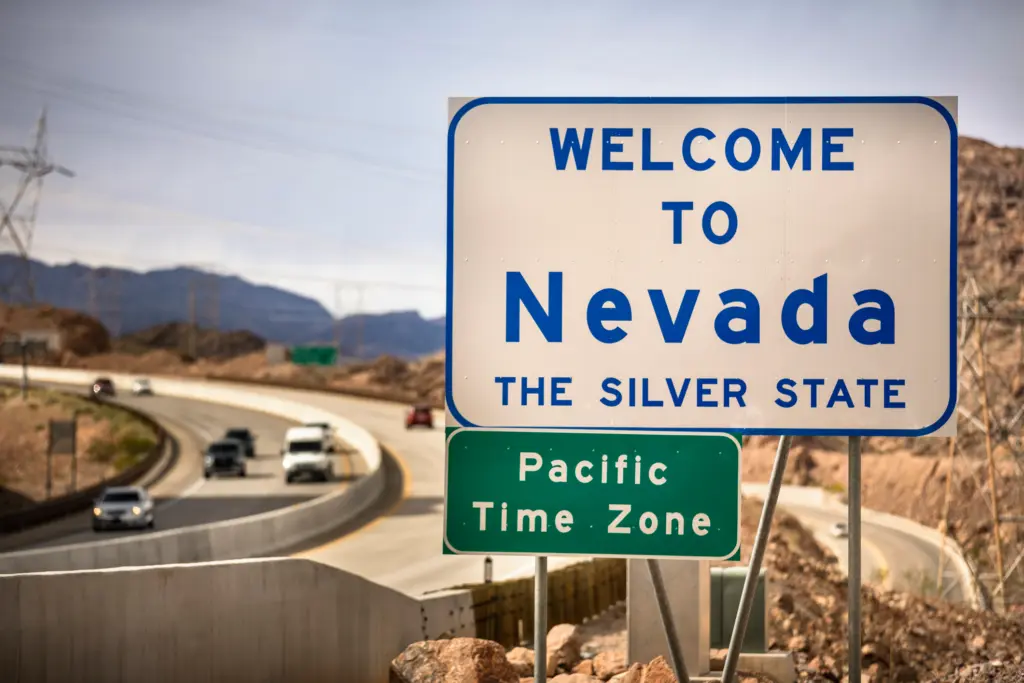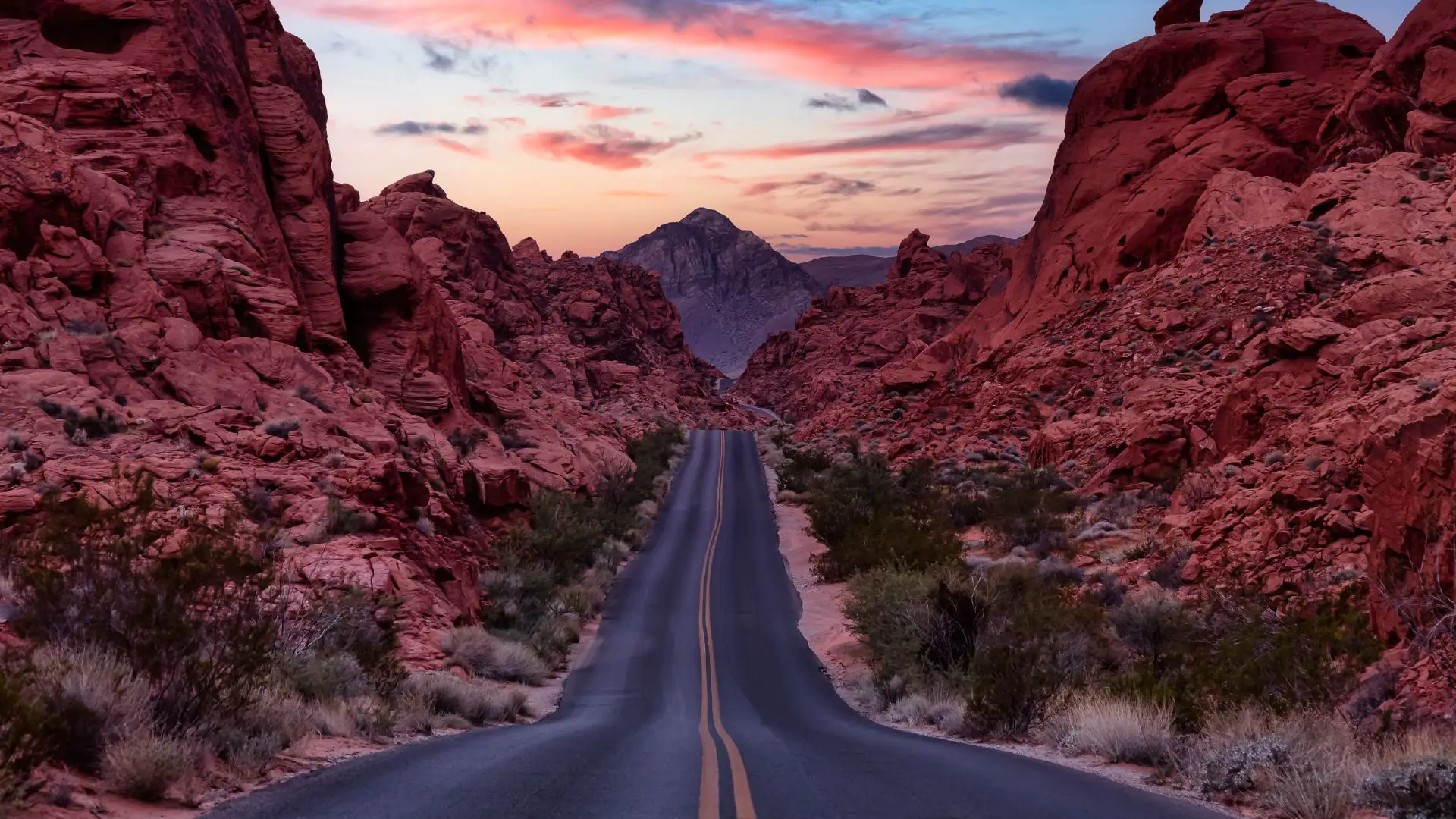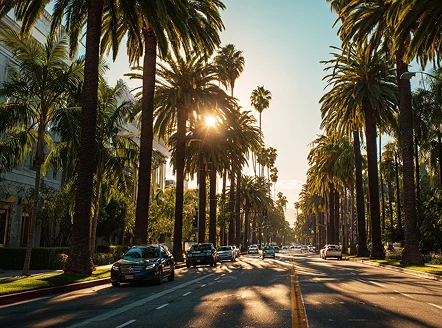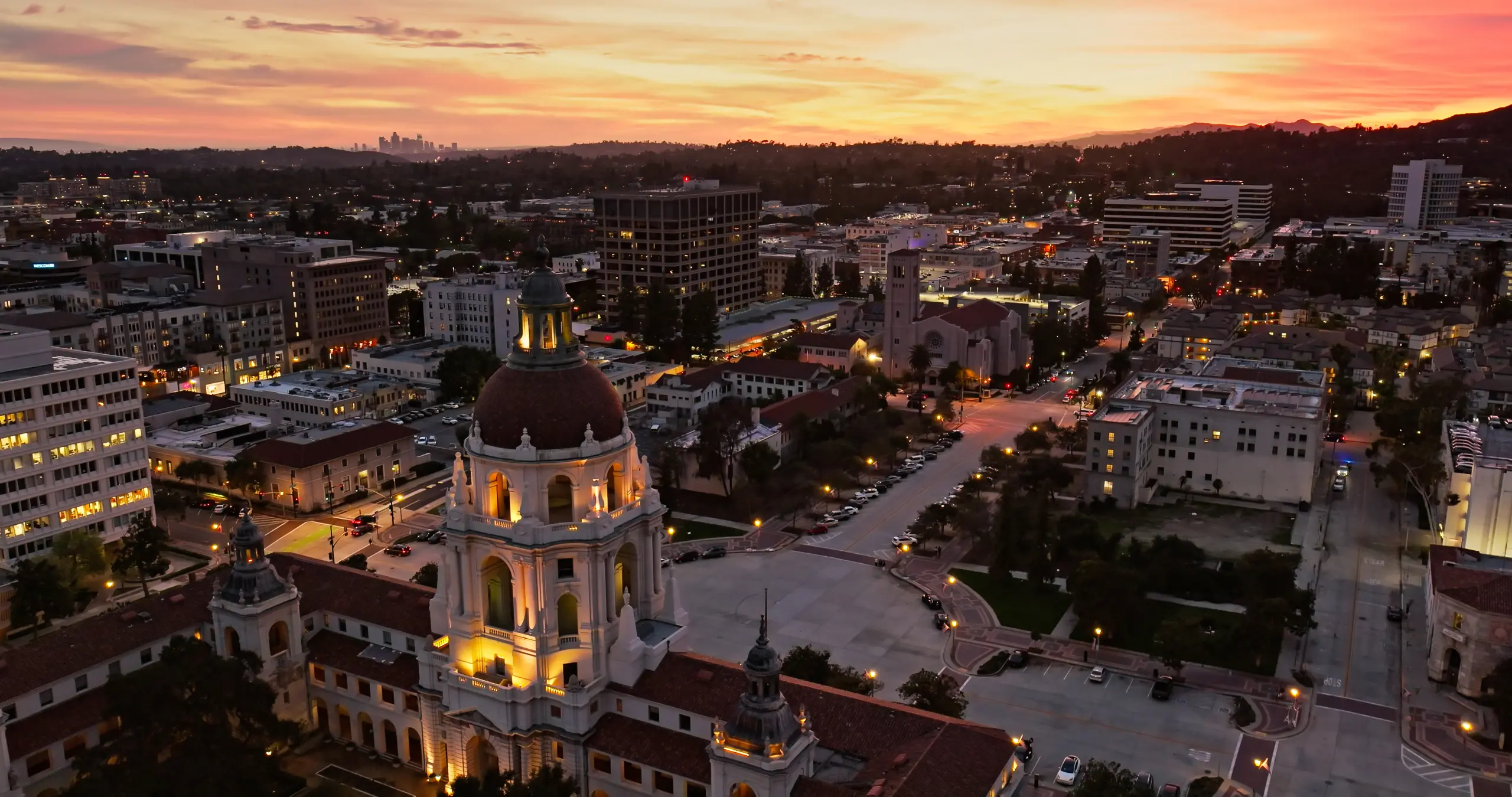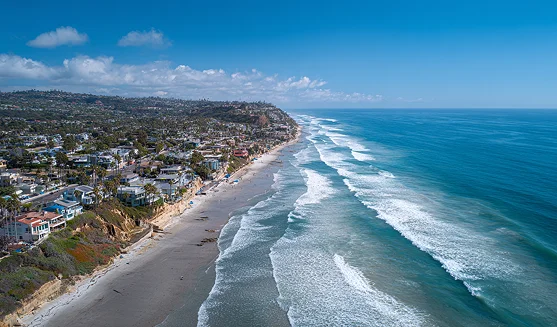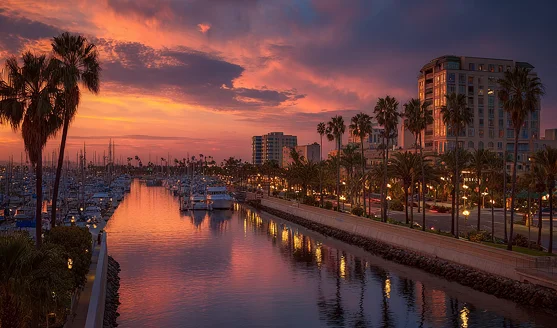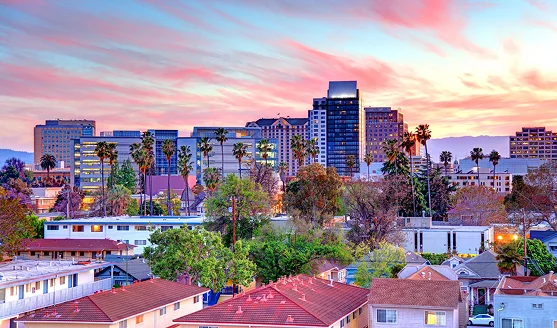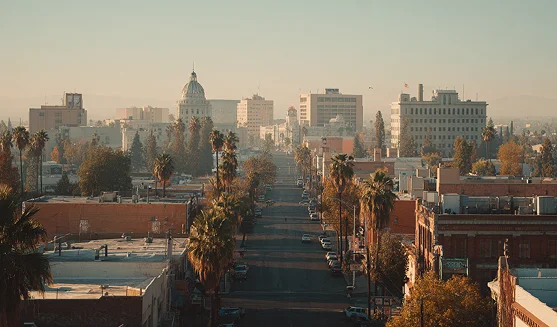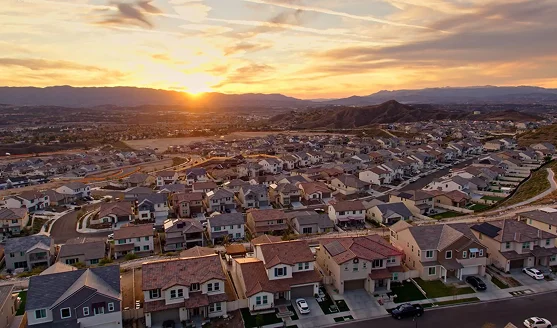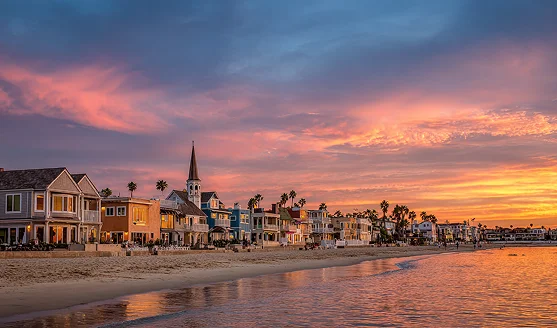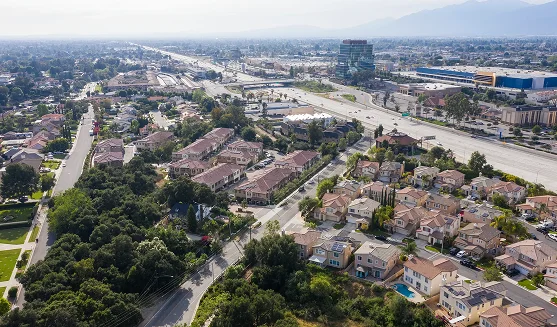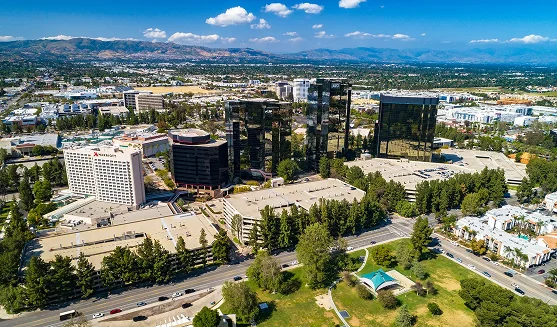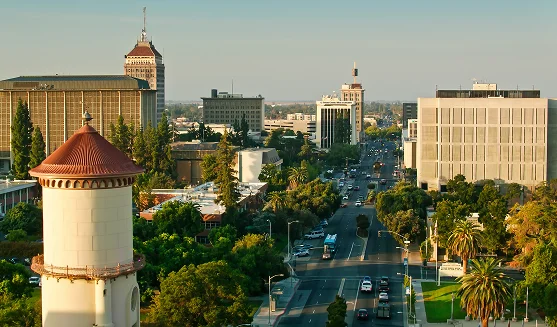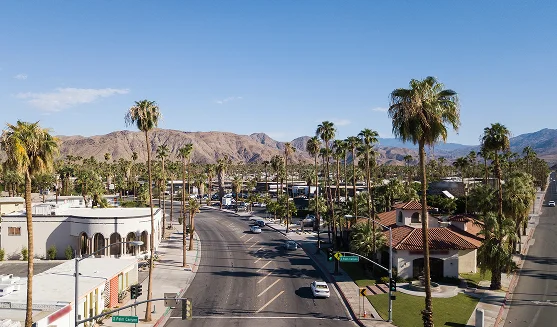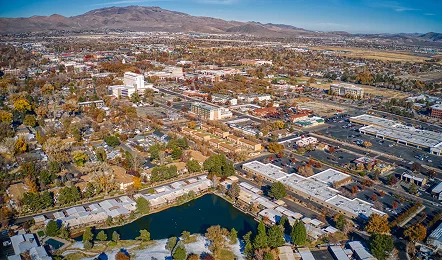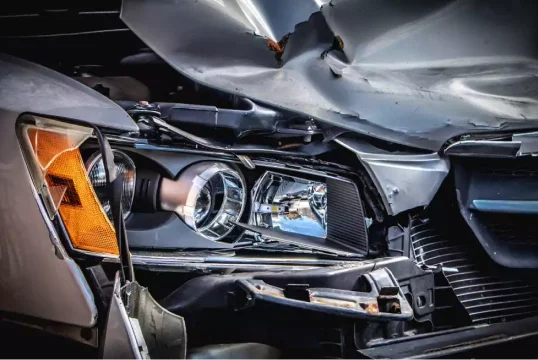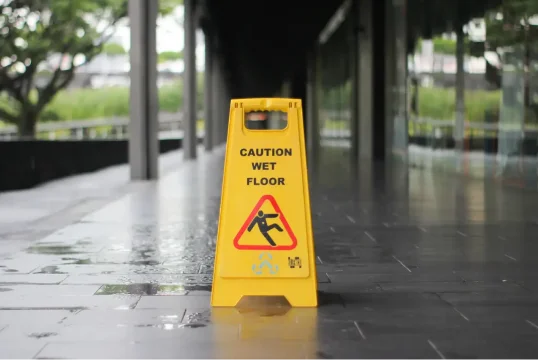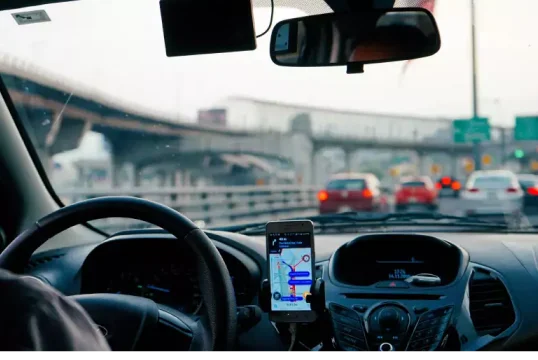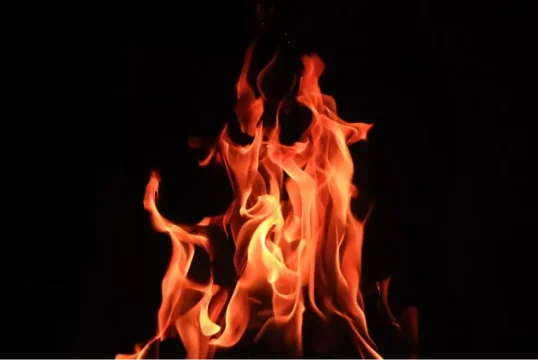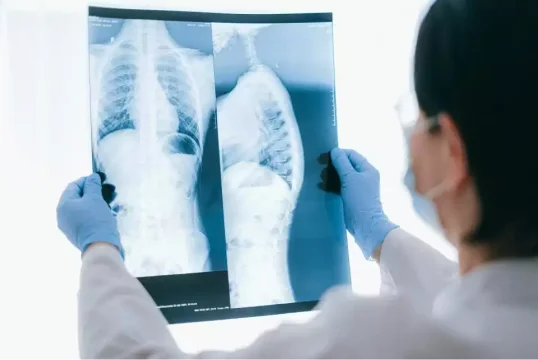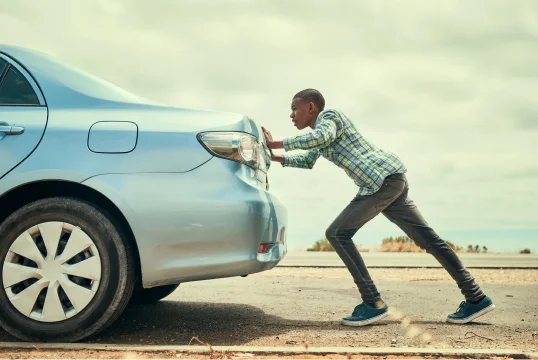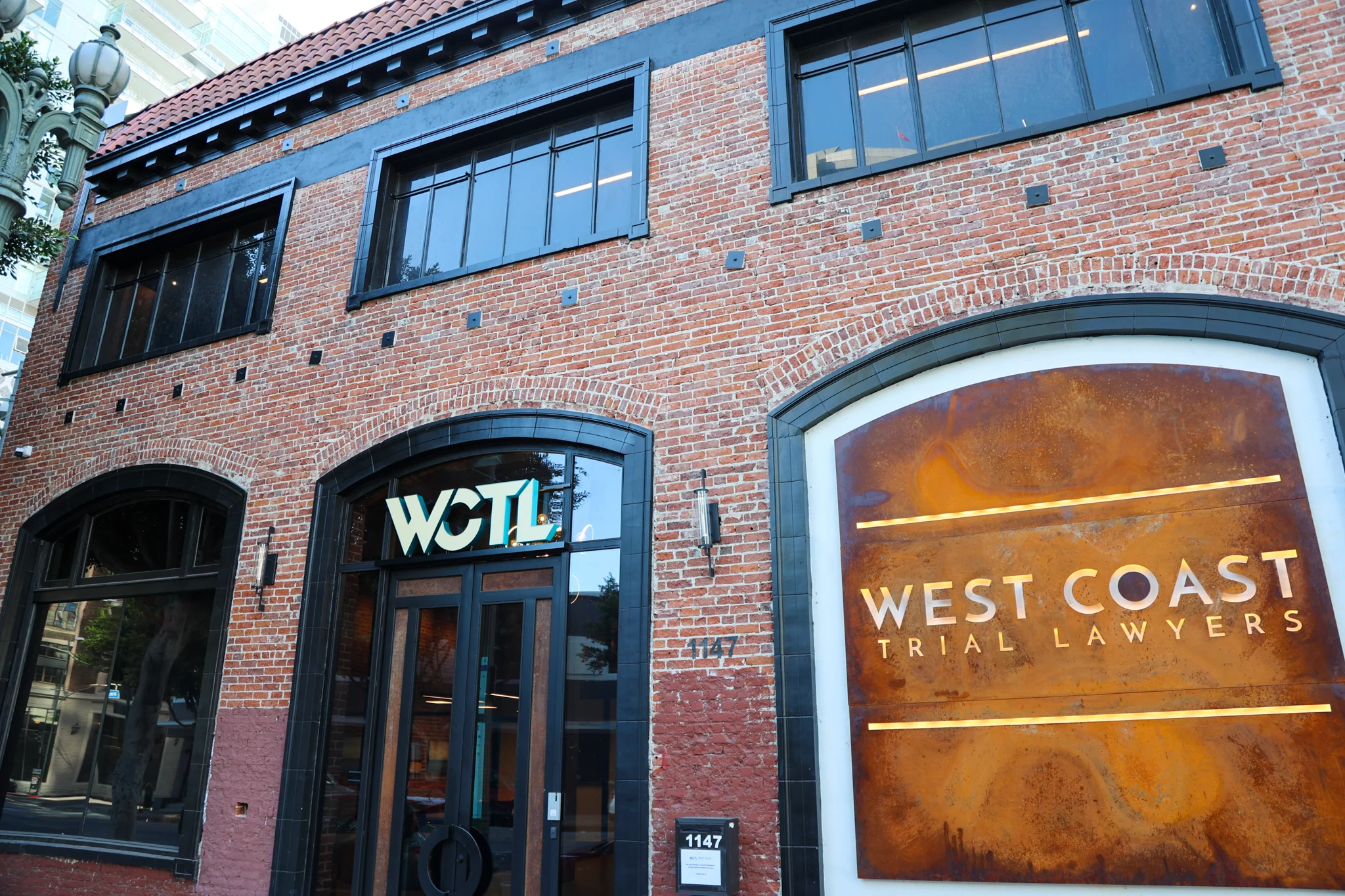Tint laws in Arizona are created to maintain safe driving conditions while allowing vehicle operators some flexibility with car window tinting. These rules mandate how dark or reflective your tinted windows can be based on visible light transmission percentage (VLT), which measures how much light is allowed in. A lower percentage means a darker tint. For instance, 5% VLT is very dark and allows only 5% of light to pass through, whereas 100% VLT will look fully transparent.
Understanding these rules can help you determine how to modify your tint, while riding in style, without facing any legal repercussions.
What Is the Legal Tint in Arizona?
According to Arizona’s window tint rules, front side windows must be at least 33% VLT (plus or minus 3%). For the windshield, only non-reflective tints can be placed and will need to be above the AS-1 line, which is a small mark found near the top edge that shows where tint is permitted. The tint on any window cannot be more than 35% reflective (plus or minus 3%). In addition, red and amber tints are prohibited (ARS 28-959.01).
What Is the Darkest Legal Tint in Arizona?
Arizona car tint laws will vary depending on the type of vehicle window. The windshield can only have a non-reflective tint and must be on the portion above the manufacturer’s AS-1 line. With front side windows, it will have to allow over 33% of visible light to pass through. This means that the darkest legal tint on these windows is 33% VLT, blocking up to 67% of light.
When it comes to the rear side windows and the rear windshield, regulations are more relaxed. Arizona tint laws allow any level of darkness. So, you can legally install very dark tints, even down to 5% VLT (also referred to as limo tint). In terms of reflective window tints, it cannot exceed 35% for both front and rear side windows.
Is 20% Tint Legal in AZ?
Applying a 20% window tint is not legal on front side windows. The state’s law enforces more than 33% VLT. Therefore, anything lower will be considered too dark and will go against Arizona tint laws.
But, for rear side windows and the rear windshield, the rules are more lenient. You can apply any level of darkness, including 20% tint. It is important to note, however, that your vehicle will need to have dual side mirrors to maintain clear visibility.
Should I Get 35% or 20% Tint?
When deciding between a 35% or 20% tint, you should consider the following factors:
- Legal compliance
- Visibility
- Privacy
- Heat rejection
If you are thinking about getting a tint for your front side windows, a 35% tint is the ideal choice. Under Arizona window tint laws, you need to have more than 33% of visible light to pass through. So, be sure to stick with a 35% tint to prevent yourself from facing any legal consequences.
The 20% tint option, on the other hand, appears significantly darker and provides greater privacy and sun protection. But, it cannot be used for front side windows as it does not meet the minimum requirement. You can only have this installed to your rear side window and rear window.
What State Allows 20% Tint?
The only state that enforces a 20% VLT on the front side windows, rear side windows, and rear window is New Mexico. Non-reflective tint is permitted at the top 5 inches of the windshield. For SUVs and vans, there are no rules on tint darkness of the back and rear windows. Tint reflection is also not allowed in the front or back windows of any type of vehicle. Dual mirrors are required if the rear window is tinted (NMSA 1978 Section 66-3-846.1).
Only a few other states have a 20% VLT rule. For instance, Idaho applies this to only rear side windows. Nebraska and South Dakota, on the other hand, allow at least 20% VLT for both rear sides and rear windows.
Do Arizona Cops Care About Tint?
Arizona cops do care about a window tint, especially if it violates state laws. A vehicle with excessively dark tint or restricted tint colors, particularly on front side windows, can put you at risk of getting pulled over.
If a cop is under the suspicion that you are violating the state’s window tint laws, they will approach you with a tint meter to read the percentage of light passing through the glass and tint. If it is too dark, you may be issued a “fix-it” ticket and a fine, with the opportunity to remove or replace the tint to comply with the legal standards.
Officers will usually look into the following violations:
- Front side windows being less than 33% VLT
- Windshield tint applied below the manufacturer’s AS-1 line
- Overly reflective tint
- Red or amber color tints
To steer clear from trouble, you will need to stay within the legal tint limits.
How Much Is a Tint Ticket in AZ?
If you go against Arizona tint laws, you may be issued a “fix-it” ticket or a fine of around $25 to $100. Repeat offenses will lead to more substantial penalties, accumulating to, or possibly exceeding $200 per violation. Failure to address each citation may lead to additional charges or points added to your driving record, eventually resulting in a license suspension.
How to Get a Tint Exemption in Arizona?
You can get a window tinting exemption through the Arizona Department of Transportation (ADOT) if you have a qualifying medical condition that causes light sensitivity. To apply, you will need to fill out and submit an Application for Window Tint Medical Exemption (Form 40-1511). This will include your personal and vehicle information and will need to be certified by a medical provider.
The ADOT’s Medical Review Program will evaluate the details presented. If approved, you will be granted an exemption certificate, allowing you to apply a darker window tint than what is normally permitted by Arizona law. This document will need to be kept in your vehicle at all times, and will need to be renewed periodically to stay in effect.
Which State Allows the Darkest Tint?
Michigan allows any tint darkness on the rear windows. But, the windshield and front side windows can only have a tinted strip along the top 4 inches, and it will need to be non-reflective. The back side windows and rear window can be tinted however you like as long as you are not using silver or gold reflective films, and you have dual mirrors installed (MCL 257.709).
In contrast, most other states enforce restrictions on tint darkness, particularly to the front side windows and the windshield. For instance:
- California requires transparent film to be at least 88% VLT and combined glass and film to have at least 70% VLT. The state allows any tint darkness for the back and rear windows. But, the rear window will need to have dual side mirrors. A non-reflective tint can be applied to the front window (windshield) and will only be permitted on the topmost portion, higher than a line set at least 29 inches above the driver’s seat. The material cannot be a red or amber tint color either (CVC 26708).
- Washington enforces a minimum of 24% of light to pass through, and cannot exceed 35% reflectivity on all side windows and the rear window. When it comes to a multi-purpose car, drivers are permitted to have any level of tint darkness on the rear side windows and rear window, meaning that they can install extremely dark tints, like 5% VLT, as it is legally acceptable. But, dual side mirrors will need to be installed to maintain adequate rear visibility. Lastly, prohibited colors include red, gold, yellow or black (RCW 46.37.430).
- Nevada mandates front side window tinting of at least 35% light transmission with a 7% tolerance. The rear side windows and rear window do not have any restrictions, but do require drivers to install dual side mirrors. You are also allowed to have a non-reflective tint, and it can only be placed at the topmost portion of the windshield as long as it is above 29 inches from the seat reference point and is not red or amber in color (NRS 484D.440).
Can You Put Tint on Top of Factory Tint?
You can put tint on top of factory tint in Arizona. Just be sure that when you add more to the front side windows, they let at least 33% of light transmission. If they are too dark, you may be issued a ticket. You can make the back and rear windows as dark as you want. However, you will need to input dual side mirrors so you can still see what is behind you.
Trouble with Your Tint Window? West Coast Trial Lawyers Is Here to Help
Knowing the laws surrounding window film or tint is important to remain compliant and avoid any preventable fines or legal consequences. Since regulations differ in each state, what is allowed in one region may be a violation in another.
At West Coast Trial Lawyers, our team offers legal support to drivers dealing with tint citations or questions regarding compliance. Whether you are issued a ticket or want to understand if your modifications are considered legal, we are here to help.
To schedule a FREE consultation, you can reach out to us by calling (213) 927-3700 or completing our easy online contact form.
